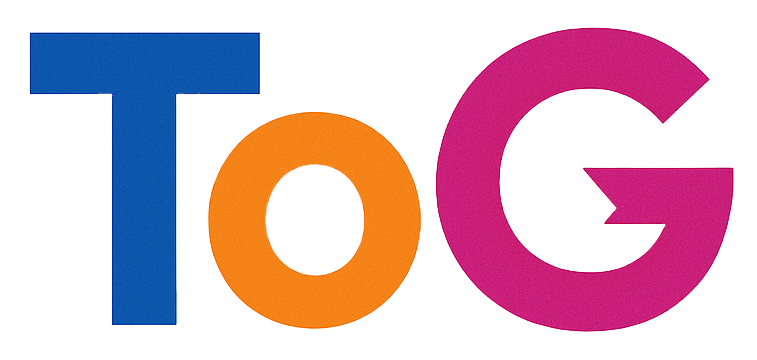Understanding Google’s Indexing Timeline and Resolving Common Indexing Issues
If you’ve recently published multiple pages on your WordPress site and are wondering about the typical duration for Google to index them, you’re not alone. Many website owners encounter delays and hurdles in this process, especially when certain issues hinder proper indexing.
Expected Indexing Timeframe for New Content
Generally, Google can index new pages within a few days to a week after they are published. However, this timeframe can vary significantly based on several factors, including the site’s authority, crawl budget, technical setup, and the quality of the content. It’s important to note that not all pages are indexed immediately, and some may take longer due to these variables.
Identifying Common Indexing Obstacles
In situations where only a subset of your pages have been indexed, and others remain unindexed, technical issues may be at play. Two frequent problems encountered are:
-
Duplicate Content Without User-Selected Canonical:
This occurs when multiple pages contain similar or identical content, and no canonical URL has been specified to indicate the preferred version. Search engines may struggle to determine which page to index, often leading to indexing issues or ignoring some pages. -
Redirects:
When a page redirects to another URL, Google may delay or withhold indexing the redirected page until the redirect is properly implemented and recognized.
Steps to Address Indexing Challenges
If you’ve already submitted your pages for indexing via Google Search Console (previously known as Google Webmaster Tools) but haven’t seen results, consider the following troubleshooting steps:
- Evaluate and Resolve Duplicate Content Issues:
- Implement canonical tags to specify the primary version of duplicated pages.
-
Ensure that duplicate pages are either consolidated or appropriately redirected.
-
Verify Redirects:
- Make sure redirects are correctly configured using 301 status codes for permanent redirects.
-
Test redirect paths to confirm they lead to the intended destination.
-
Improve Site Crawlability:
- Check your robots.txt file to ensure it isn’t blocking Googlebot from accessing your content.
-
Submit an updated sitemap through Google Search Console to inform Google of your latest pages.
-
Maintain a Clean Site Structure:
-
Avoid unnecessary duplicate URLs or redirect chains that can complicate crawling and indexing.
-
Request Manual Indexing:
- Use the URL Inspection tool in Google Search Console to submit pages individually for indexing after resolving issues.
Conclusion
While

